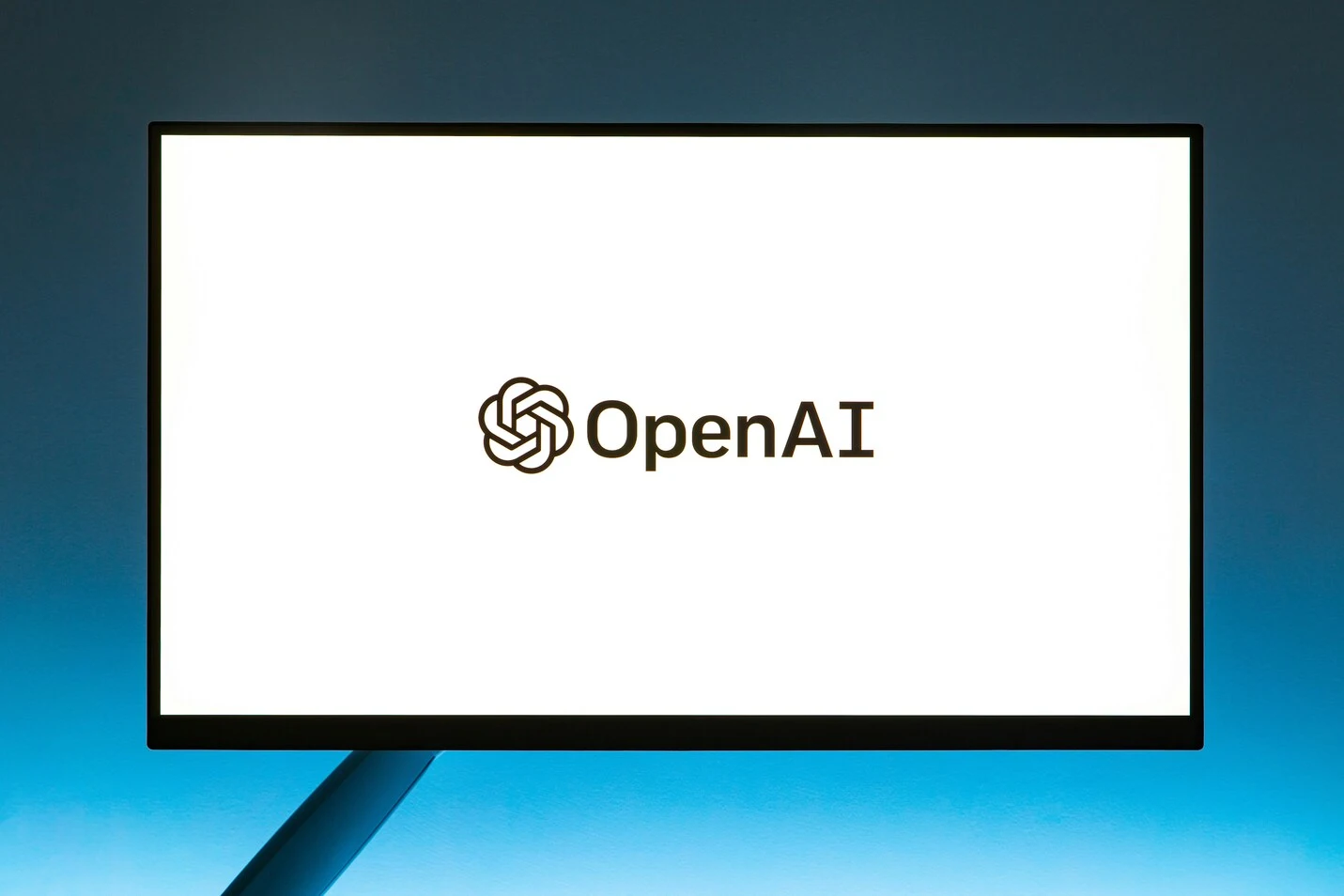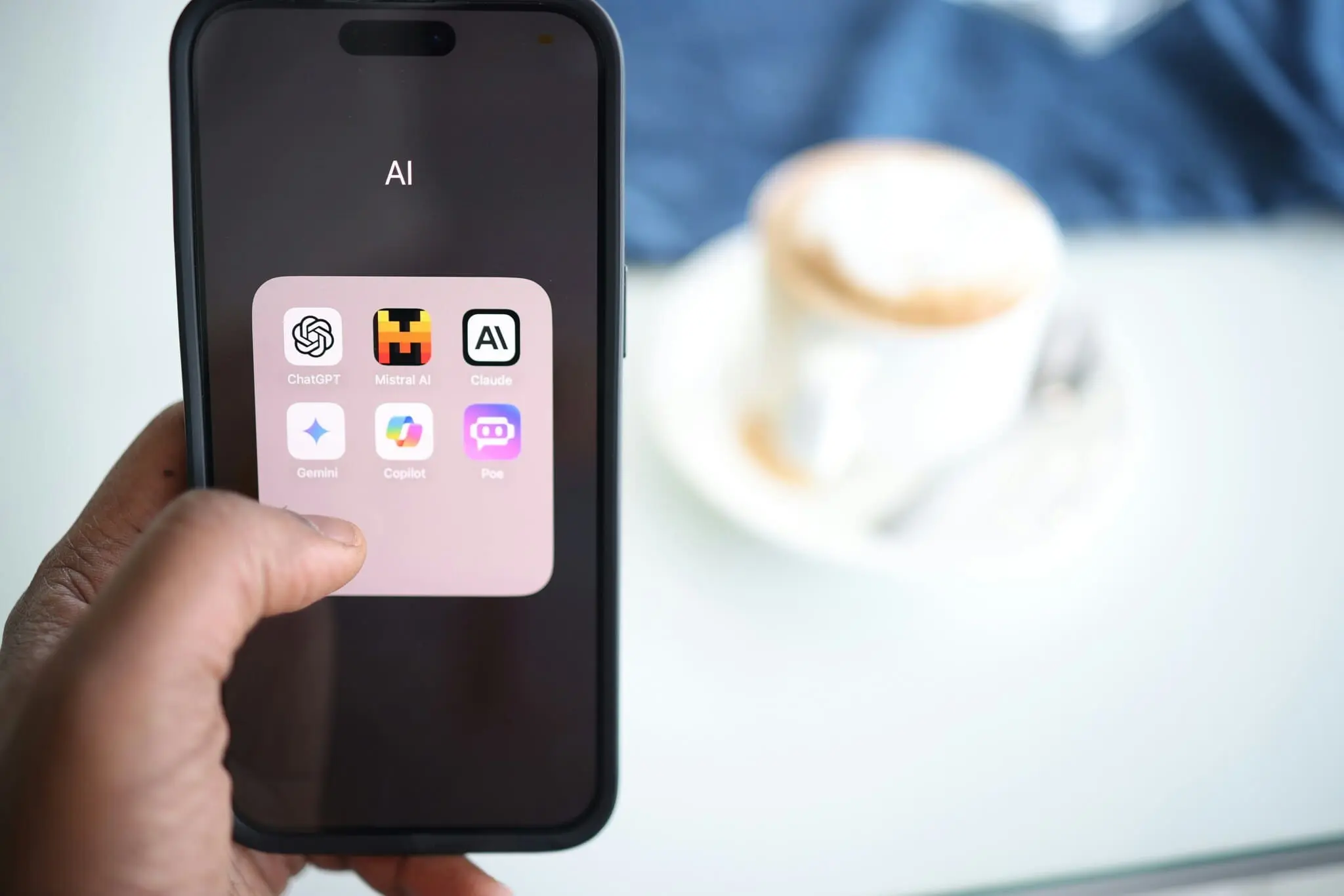Recent investigations have uncovered something remarkable: newer ChatGPT models, specifically GPT-o3 and GPT-o4 mini, appear to be embedding subtle watermarks into their generated text. These watermarks, composed of special Unicode characters like the Narrow No-Break Space (U+202F), are visually indistinguishable from regular spaces but can be detected through certain text editors or tools. This discovery raises important questions about AI content detection and academic integrity in our increasingly AI-assisted world.
Understanding the Watermarks
Unlike traditional watermarks seen in images or documents, these digital signatures are embedded invisibly within the text itself. The watermarks utilize specialized Unicode characters that look identical to standard spaces or punctuation to the human eye but carry distinct digital signatures that can be identified programmatically.
When examined through text editors such as Google Docs or Sublime Text that reveal hidden characters, these watermarks become detectable. Specific patterns of these special characters, particularly the Narrow No-Break Space (U+202F), appear consistently in content generated by certain ChatGPT models, creating a hidden fingerprint that could potentially identify AI-authored content.
Current Status: Potentially Resolved Issue
It's worth noting that OpenAI may have already addressed this issue. Following public discovery and discussion of these watermarks, there are indications that recent updates to ChatGPT models might have modified or removed these signatures. AI systems undergo frequent updates, and the watermarking patterns initially observed might no longer be present in the most current versions.
Without official confirmation from OpenAI, it remains unclear whether these watermarks were intentionally implemented as a content tracking measure, accidentally introduced during model development, or if they have indeed been removed following discovery. Users concerned about this issue should consider checking their AI-generated content with the latest model versions.
Implications for the Academic Community
The presence of these watermarks, whether currently active or not, has significant ramifications for students and educators:
-
Academic Integrity Assessment: Educational institutions could potentially utilize these markers to identify AI-assisted assignments, providing a new technical approach to upholding academic honesty policies.
-
Risk of False Accusations: Detection systems relying on these watermarks could lead to false allegations of academic misconduct, particularly if students unknowingly incorporate AI-generated content or if detection tools flag legitimate content that happens to contain similar character patterns.
-
Privacy and Surveillance Concerns: The ability to trace text back to AI sources raises important questions about student privacy rights and the appropriate boundaries of technological monitoring in educational environments.
-
Evolving Educational Policies: As AI writing tools become more prevalent, institutions may need to develop more nuanced policies that distinguish between acceptable and unacceptable uses of AI assistance rather than focusing solely on detection.
Addressing the Challenge: Text Sanitization Solutions
To mitigate potential issues associated with these hidden watermarks, tools like Quizard's Text Sanitization Tool have emerged. This tool specifically addresses the watermarking concern by:
- Identifying and removing special Unicode characters, including the Narrow No-Break Space (U+202F)
- Replacing potentially flagged elements like em dashes with standard alternatives such as commas
- Standardizing text formatting to eliminate detectable patterns while preserving content integrity
By sanitizing text through such tools, students can ensure their work is evaluated on its substance rather than being flagged by automated detection systems due to invisible markers.
Ethical Considerations and Best Practices
This discovery highlights several important considerations for the academic community:
-
Transparency in AI Development: AI companies should clearly communicate when content tracking features are implemented in their products.
-
Informed Student Guidance: Educators should provide clear guidelines about acceptable AI use in academic work, focusing on learning objectives rather than simply prohibiting all AI assistance.
-
Balanced Detection Approaches: Academic integrity efforts should combine technical detection with pedagogical approaches that emphasize original thinking and proper attribution.
-
Digital Literacy: Both students and educators benefit from understanding how AI tools function, including potential tracking mechanisms embedded within them.
Conclusion
The integration of hidden watermarks in AI-generated text represents both a technological innovation and an ethical challenge for the academic community. While these markers may have been designed to promote proper attribution and responsible AI use, they also raise important questions about transparency, privacy, and fairness in educational assessment.
As AI writing tools continue to evolve and potentially resolve issues like invisible watermarking, educational institutions will need to develop more sophisticated approaches to academic integrity that balance technological monitoring with trust-based assessment strategies. Tools like text sanitization solutions offer a pragmatic approach to navigating this complex landscape, empowering students to maintain control over their work while upholding principles of academic honesty.
Whether these specific watermarks remain active in current ChatGPT models or not, this discovery serves as an important reminder of the complex relationship between technology, trust, and integrity in our increasingly AI-augmented educational environment.



